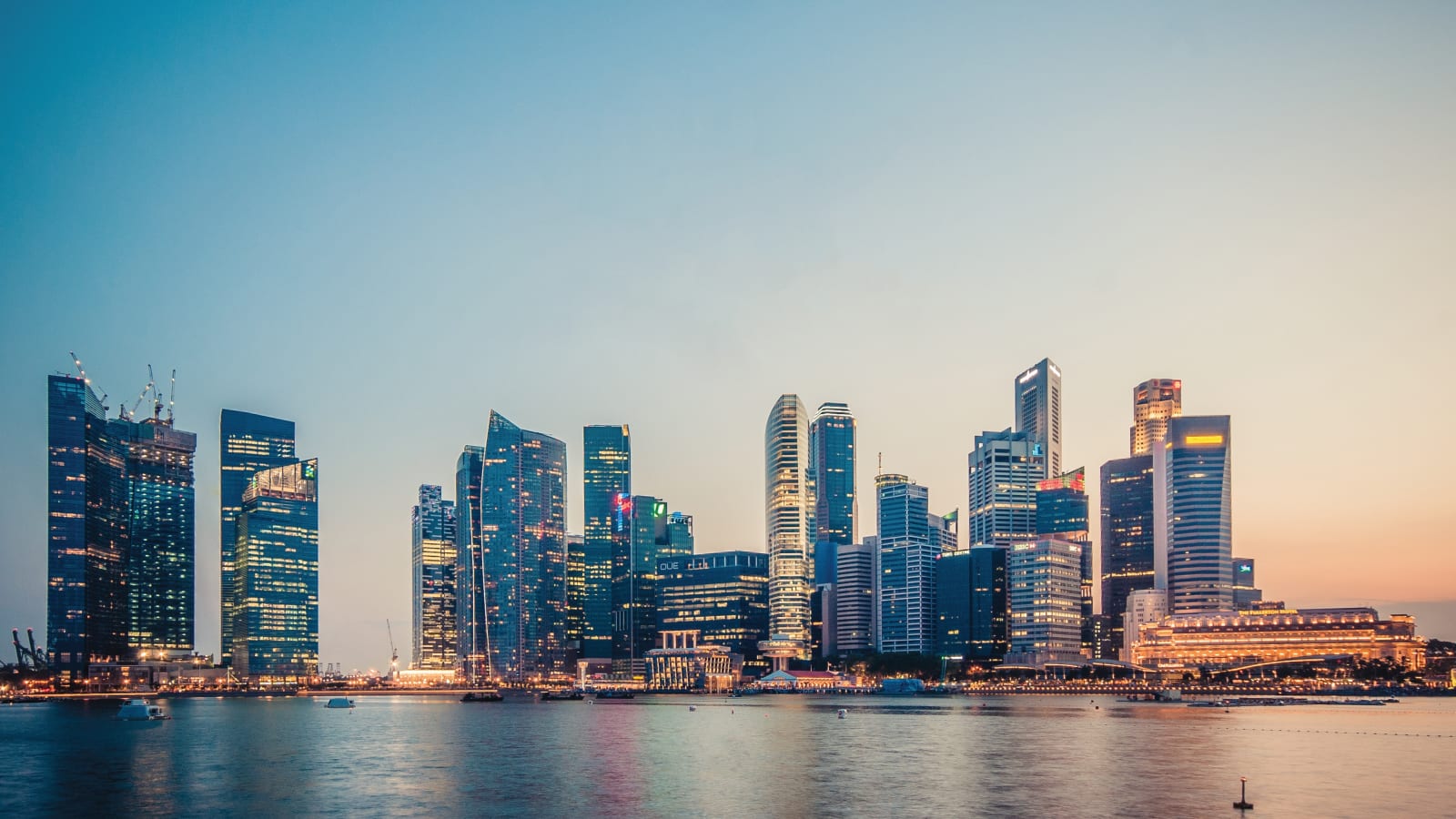Art gains favour among Singaporean investors
A report by CNA revealed that collectors who rent out their artworks could fetch steady returns of 6% per annum, handily beating out bonds, T-Bills and cash equivalents — long considered an investment safe haven. Coupled with a potential rise in value of as much as 22% per year, the allure of investing in artwork becomes readily apparent.
Statistics from auction house Christie’s show that art collectors are getting younger. It stated that in the first half of 2023, millennials made up 30% of its Singapore buyers, up from 26% in the same period last year.
Surprisingly, Chinese art was highly popular among younger collectors. Millennials contributed 97% of the bought value for the category, according to Christie’s data.
What this may mean for you
If you’ve been looking for a new asset class to add to your portfolio, now might be the time to consider artwork. The asset has proven its resilience, and jumping in on the burgeoning trend could prove fruitful down the line.
However, experts caution that artwork is not like traditional investments such as stocks or real estate. They advise not to approach artwork purely as investments, but to allow yourself to explore, understand and develop your personal relationship with the medium.
Related: From Bags to Watches to Shoes. Are Alternate Investments Worth Dipping In?

Singapore stocks see week-long decline
Singapore stocks closed six consecutive sessions deep in the red, causing the STI to shed 22.82 points, or 0.7% — closing the week at 3,173.93. There were more losers than gainers — 372 to 246 — across S$1,1 billion worth of trades during the period.
The week-long slide was attributed to the hawkish stance seen in the U.S. Federal Open Market Committee Meeting minutes — which analysts read as a sign that the Fed will continue to keep interest rates high.
Other stocks in the region also saw declines, with the Bursa Malaysia across the causeway edging down by 0.1%. Over in Hong Kong, the Hang Seng Index dropped by 2% during the last trading hour of the week.
South Korea and Japan also saw market dips. The former finished the week down by 0.6%, a sixth straight day in the red. Meanwhile, while Japan’s July core inflation dipped by 20 basis points to 3.1%, the Nikkei 225 slid 0.6%.
What this may mean for you
The jury is still out on whether we’re seeing a normal market correction or the start of a market crash. Depending on your convictions, this could signal a coming market entry point for investors of Singaporean and regional stocks.
Given the potential for prolonged volatility, taking a staggered approach and other proper risk-management tactics should be forefront.
Related: What Do Rising Interest Rates in the U.S. Mean for Singaporeans?

Petrol prices continue to advance, adding inflationary pressures
Prices at the pump are rising again, with 95-octane on track to hit S$3 per litre by September — a level last seen just barely a year ago, in July 2022.
Pump prices have been trending upwards for over a month now. Across five major fuel operators, petrol prices have risen by between S$0.04 to S$0.07 per litre, and diesel prices by S$0.08 to S$0.16 per litre.
The rise in fuel costs reflect a recent uptick in crude oil prices. The time of writing, the benchmark Brent crude closed at US$84.83, a significant spike compared to the sub-US$75 range seen in June and July.
What this may mean for you
The advance in fuel prices will no doubt continue to add to inflationary pressures in Singapore. Not only will those who drive their own cars have to contend with climbing fuel costs, commuters relying on private hire and taxi services may also be affected.
Car owners could consider switching to lower-grade fuel to rein in costs, but this is a temporary measure at best, given the increased need for servicing and maintenance that poorer quality fuel may bring about.
This may also be an added incentive to switch to an off-peak car instead — especially if you really do not need to drive that often.
Related: 3 Ways to Save Money Amidst Rising Inflation in Singapore

Singapore household wealth rose, in defiance of global downtrend
A report by UBS-Credit Suisse found that total household wealth in Singapore grew by 7.2% in 2022, while the average household saw its financial standing grow 6.3% per adult.
More importantly, this advance was in opposition to the greater global trend, which saw total household wealth fall by 2.4%, and a 3.6% decline in wealth-per-adult terms.
Another highlight is that Singapore fared better than China and India — the former saw declines in total household wealth and average wealth per adult. Meanwhile, India’s total household wealth rose by 4.6%, and 2.8% per adult.
The report pointed to inflation and the strength of the US Dollar as main factors in the declines. It also noted that stocks and currency deposits contributed most to global wealth declines, while non-financial ones like property stayed resilient amid high interest rates.
Related: 5 Causes of Inflation & How They Affect Forex Rates
What this may mean for you
More sceptical readers may scoff at the findings, believing that it’s simply a case of “the rich getting richer”.
No matter which way you slice it, it is a good sign that household wealth is advancing in Singapore when it is retreating in many other countries around the world. An increase in household wealth can help foster resilience and more hopeful consumer sentiment, which is important in seeing through uncertain times.
Given Singapore’s relatively low economic inequality — our Gini coefficient was 78.8% in 2022, lower than the global average of 88.3% — there is even more reason to be optimistic about rising household wealth.
Indeed, UBS-Credit Suisse found that median wealth per Singapore adult rose 6.2% per cent from 2021 to US$99,488. In contrast, the median wealth per adult rose an average of 3% globally; 2.7% in India, and fell 4.4% in China.
Median wealth takes the number in the middle of the range, and is thus a more meaningful indicator of how the typical person is faring.
Interested in take advantage of some of these investing opportunities? Check out our Best Online Brokerage round up to find the most suitable platform for you to start your investing journey.
Read More:
Cover Image Source: Unsplash
The article originally appeared on ValueChampion.
ValueChampion helps you find the most relevant information to optimise your personal finances. Like us on our Facebook page to keep up to date with our latest news and articles.
More From ValueChampion:
Key Financial Trends of the Month (Jul 2023)
Guide to Spotting and Buying Undervalued Stocks
Why Jewelry Is a Good Gift but a Poor Investment



